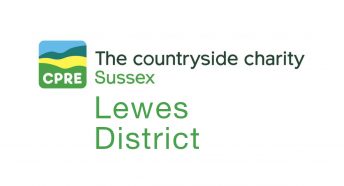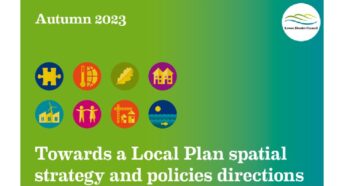Lewes District Update August 2020
CPRE’s work in Lewes District
Lewes District has a Local Plan part 1 adopted in 2016 and a more detailed part 2, including an updated set of Development Control policies, adopted in 2019. A high proportion of the District’s towns and villages now also have up-to-date Neighbourhood Plans, adopted since 2016, and developed with the active support of both the District Council and CPRE. Up to the start of the Coronavirus epidemic the District has been able to demonstrate a 5-year housing land supply and also, more recently, come close enough to meeting the new Housing Delivery Test that only the development of an Action Plan has been required. The District has seen substantial progress towards the delivery of many of the greenfield sites allocated in the Local Plan though, as seen across the country, progress towards delivery has been slower at several of the prominent and more sustainable brownfield sites identified in Lewes town and Newhaven, despite the provision of significant amounts of government finance.
In consequence, several quite substantial additional proposals for further greenfield development in and around the District’s Low Weald villages, beyond the sites allocated in the Local Plan, have been refused, and the refusals defended at appeal. This success has led to rather fewer recent speculative applications of this type than have been seen in neighbouring districts, such as Mid Sussex and Wealden. How long this relatively happy situation will continue remains a matter of concern. The extent of the disruption of house building consequent on the Coronavirus epidemic, and the allowance that the government will make for this in its planning policies, remain to be seen. In addition the District’s Local Plan must be reviewed by 2021 if it is to continue to be regarded as up-to-date, and meeting this timetable appears impossible if a major review is required.
The vultures of the strategic land industry continue circling overhead. Their sole purpose in life is to re-direct new development from sustainable urban brownfield sites towards the countryside, where they can harvest the windfall land value uplifts created by the grant of planning permission for agricultural land. The less sustainable the site, the greater the profit that can be made. Several Low Weald parish councils have reported new approaches in the past few months. Lewes District is one of those that has declared a Climate Change Emergency, and understands that the main contribution planning can make to minimising climate change is to re-focus new development on those locations least dependent on the private car. How this conflict between public benefit and private windfall profit is resolved will be determined by national planning policy. The auspices, currently, do not look good.
John Kay



